Описание
Коррозия, то есть постепенная деградация металлов в результате химических реакций с окружающей средой, представляет собой серьезную проблему для всех сфер жизни. Это может поставить под угрозу целостность конструкций, оборудования и трубопроводов, что приведет к угрозе безопасности, сбоям в производстве и значительным экономическим потерям. Для решения этой широко распространенной проблемы использование датчиков коррозии стало ключевым инструментом эффективного мониторинга и управления коррозией. В этом документе обсуждаются определение, назначение и функции датчиков коррозии, особенно датчиков коррозии EMT-CP. Кроме того, в нем подчеркиваются преимущества датчиков коррозии, обсуждается их инновационная конструкция с картриджными уплотнениями и подчеркивается важность мониторинга коррозии для оптимизации безопасности и производительности в различных отраслях.
Определение зонда коррозии
Сзонд для защиты от коррозииs, также известный как датчик контроля коррозииs, аре специализированные устройства тшляпа оценивать и контролировать коррозионную активность на металлических поверхностях. Он предоставляет ценные данные о скорости коррозии, местной коррозии и эффективности мер по борьбе с коррозией. Постоянно контролируя состояние металла, датчики коррозии позволяют своевременно проводить техническое обслуживание и вмешательство для предотвращения или смягчения проблем, связанных с коррозией.
Назначение и функции зонда коррозии
The вмарай оминетеактивный из тотsе зонды – это сбор превырезание и деожидатьспособный два о коррозионных процессах, происходящих в промышленных средах. Это помогает определить причину и место коррозии, оценить эффективность ингибиторов коррозии или покрытий, а также определить наилучшее время для технического обслуживания и ремонта. Контролируя коррозию, эти датчики позволяют отрасли принимать обоснованные решения, повышать безопасность, продлевать срок службы активов и снижать затраты на техническое обслуживание.
Описание зонда коррозии EMT-CP
Состав материала
Датчик коррозии EMT-CP изготовлен из высококачественных материалов, в основном из нержавеющей стали 316 и DUPLEX SS (дуплексная нержавеющая сталь). Эти материалы обладают превосходной коррозионной стойкостью и обеспечивают длительную работу даже в суровых условиях эксплуатации.
Диапазон рабочих температур
Зонд коррозии ЕМТ-СР может работать в широком диапазоне температур 20-200°С. Он подходит для различных отраслей промышленности, где колебания температуры являются обычным явлением.
Основные характеристики зонда коррозии
Коррозионный зонд EMT-CP может похвастаться несколькими ключевыми особенностями, которые способствуют его эффективности и удобству использования:
- Простота использования: Датчик коррозии прост в установке и эксплуатации, что позволяет пользователям быстро интегрировать его в свои системы мониторинга коррозии.
- Высокая точность и длительный срок службы: Благодаря передовым технологиям и прочным материалам датчик коррозии EMT-CP обеспечивает высокую точность мониторинга коррозии и имеет длительный срок службы, сводя к минимуму необходимость частой замены.
- Высокая эффективность и низкая стоимость: Датчик коррозии разработан для обеспечения эффективного и точного мониторинга, оставаясь при этом экономически эффективным. Это помогает отраслям оптимизировать ресурсы, предотвращая простои и сокращая расходы на техническое обслуживание.
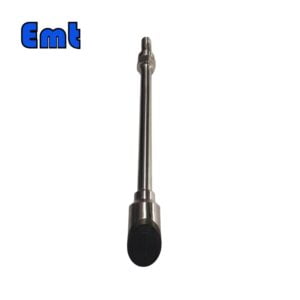
Инновационный дизайн с картриджным уплотнением
Датчик коррозии EMT-CP имеет инновационную конструктивную особенность, известную как картриджное уплотнение. Этот цилиндрический герметик повышает функциональность и надежность зонда, обеспечивая надежное и герметичное уплотнение между зондом и окружающей средой. Он действует как защитный барьер, предотвращая попадание коррозионно-активных веществ в датчик и нарушение его работы.
Уплотнение картриджа включает вращающуюся втулку, обеспечивающую герметичное уплотнение вокруг зонда. Вращающийся корпус спроектирован таким образом, чтобы противостоять коррозийным условиям, преобладающим в промышленных средах. Он обладает превосходной устойчивостью к химической эрозии и физическим нагрузкам, обеспечивая долговременную целостность уплотнения.
Поворотная втулка имеет двойное назначение. Во-первых, он предотвращает попадание внешних загрязнений, таких как влага, газы и коррозионные вещества, на чувствительные части зонда. Этот барьер помогает поддерживать точность и надежность данных мониторинга коррозии, собираемых датчиком.
Во-вторых, вращающаяся втулка действует как барьер, предотвращающий утечку любого вещества, введенного в зонд, например, ингибиторов коррозии или покрытий. Это свойство гарантирует, что введенный материал остается в нужной области, максимизируя его эффективность против коррозии.
Важность мониторинга коррозии в нефте- и газопроводах
Твероятность катастрофических неудач и sеправда иэкологический ущерб связанная с нефте- и газопроводами, делает коррозию серьезной проблемой.. Коррозия внутренних стенок, вызванная наличием агрессивных жидкостей или газов, может привести к образованию ямок, трещин и истончению стенок трубопровода., компромиссинг структурную целостность трубопроводов, ограничиватьинг поток жидкости и уменьшитьинг темпы производства. Эффективный мониторинг коррозии яs крестявсе для быстрого выявления и устранения проблем с коррозией, обеспечивая бесперебойную работу и минимизируя риск несчастных случаев.
Регулярный мониторинг коррозии позволяет предприятиям оптимизировать антикоррозионные меры. Отслеживая скорость и характер коррозии с течением времени, компании могут оценить эффективность ингибиторов коррозии, покрытий и систем катодной защиты., точная настройка стратегий предотвращения коррозии, повышение их эффективности и снижение затрат, связанных с ненужным обслуживанием или заменой.
Безопасность имеет первостепенное значение при эксплуатации нефте- и газопроводов., и сМониторинг коррозии играет решающую роль в поддержании целостности этих жизненно важных объектов инфраструктуры. Обнаружив коррозию на ранней стадии, отрасли могут принять упреждающие меры для предотвращения сбоев, утечек и разрывов, защищая персонал, окружающую среду и окружающие сообщества. Своевременное техническое обслуживание и ремонт на основе данных о коррозии позволяют обеспечить длительную безопасную эксплуатацию трубопроводов.
Принцип работы системы мониторинга коррозии с датчиком сопротивления
Система мониторинга коррозии с использованием резистивных датчиков is сомбвЭд с зондом коррозии EMT-CP tо empлой Технология электромагнитного сопротивления. Этот метод измеряет электрическое сопротивление поверхности металла, которое изменяется по мере коррозии. занимает местосе. Измерения сопротивления, полученные системой мониторинга коррозии, передаются в блок обработки данных., шприветч анализирует и интерпретирует данные о сопротивлении, предоставляя ценную информацию о процессе коррозии. Система использует передовые алгоритмы и математические модели для обработки необработанных показаний сопротивления. вабточные и надежные расчеты скорости коррозии. Изменение сопротивления, измеренное системой ужасныйстли сзависит от степени коррозии металла. По мере развития коррозии поверхность металла претерпевает изменения в своих электрических свойствах, что приводит к изменению сопротивления. Отслеживая изменения сопротивления с течением времени, система может оценить серьезность и скорость коррозии. Система мониторинга коррозии с использованием резистивного зонда использует общепринятые формулы расчета скорости коррозии для определения скорости коррозии. Анализируя данные о сопротивлении и применяя соответствующие математические модели, система может количественно определить скорость потери металла из-за коррозии. Эта информация имеет решающее значение для оценки эффективности мер по борьбе с коррозией и планирования мероприятий по техническому обслуживанию.
Заключение
В заключение отметим, что датчики коррозии, такие как датчик коррозии EMT-CP, играют жизненно важную роль в повышении безопасности и оптимизации производительности в различных отраслях промышленности. Эти зонды обладают рядом преимуществ, в том числе легкой и гибкой конструкцией, превосходной эффективностью инъекции и возможностью точного отслеживания местоположения. Инновационная конструкция датчика коррозии EMT-CP с картриджным уплотнением и интеграцией с системами датчиков сопротивления обеспечивает надежный и точный мониторинг коррозии.
Мониторинг коррозии имеет первостепенное значение, особенно в таких отраслях, как нефть и газ, где последствия коррозии могут быть серьезными. Регулярно контролируя коррозию, отрасли могут выявлять потенциальные проблемы, оптимизировать антикоррозионные меры и обеспечивать безопасную эксплуатацию трубопроводов и другой критически важной инфраструктуры. Принцип работы систем мониторинга коррозии с использованием датчиков сопротивления, включая передачу сигналов, обработку данных и определение скорости коррозии, дает ценную информацию для эффективного управления коррозией.
Коррозионные зонды, один из ключевых инструментов в сборе этих важных данных, служат глазами и ушами промышленности. Эти зонды позволяют предприятиям собирать важную информацию, обеспечивая основу для процессов принятия обоснованных решений. С помощью данных, которые они предоставляют, отрасли могут повысить меры безопасности, эффективно оптимизировать использование ресурсов и, в конечном итоге, повысить общую производительность.

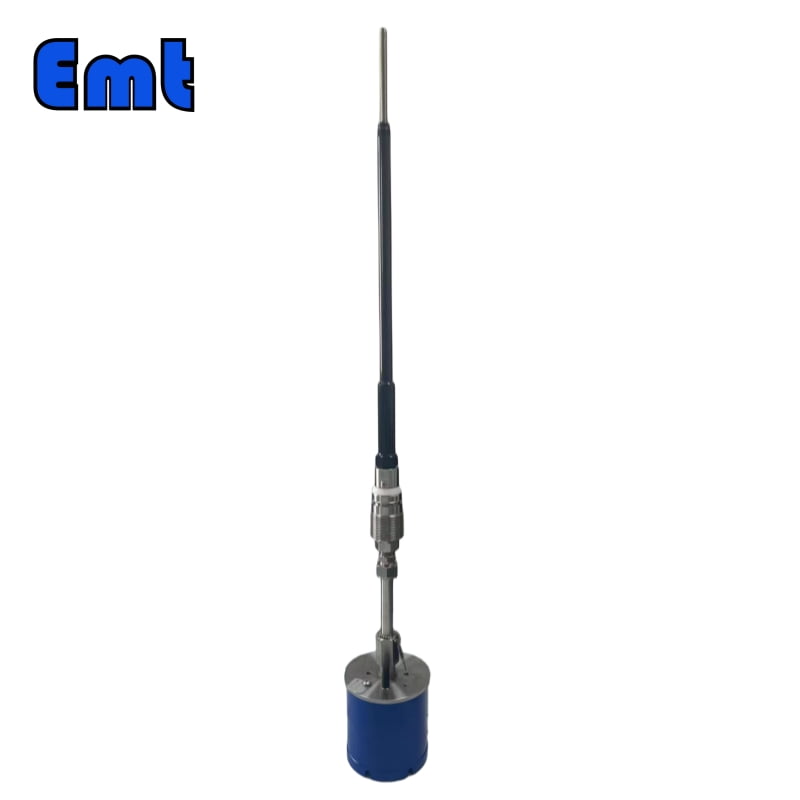
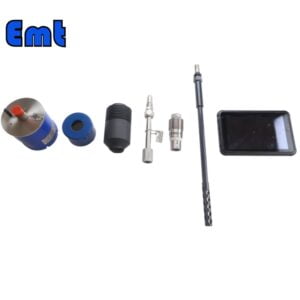
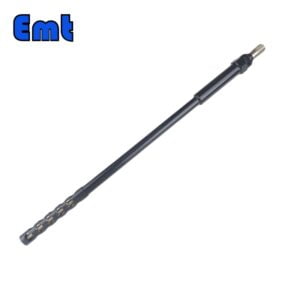
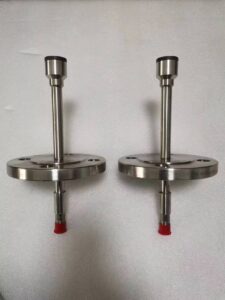
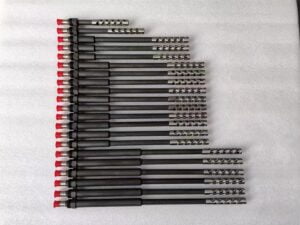
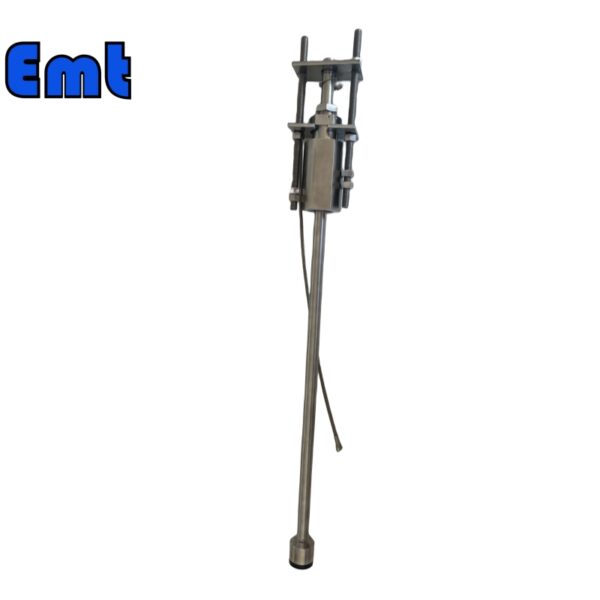
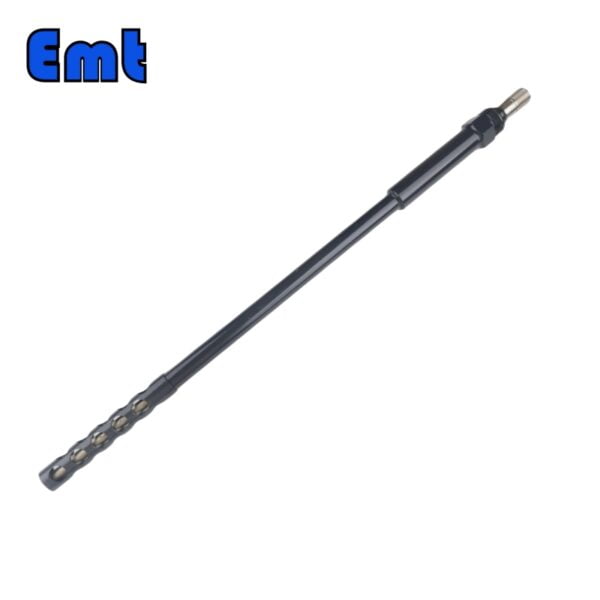
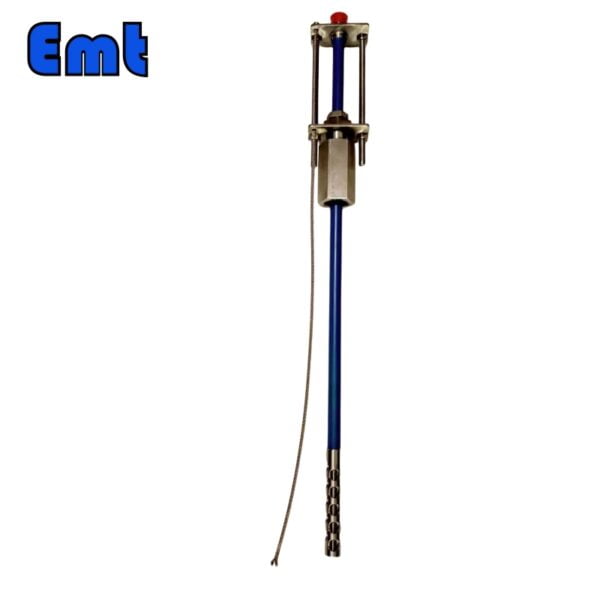
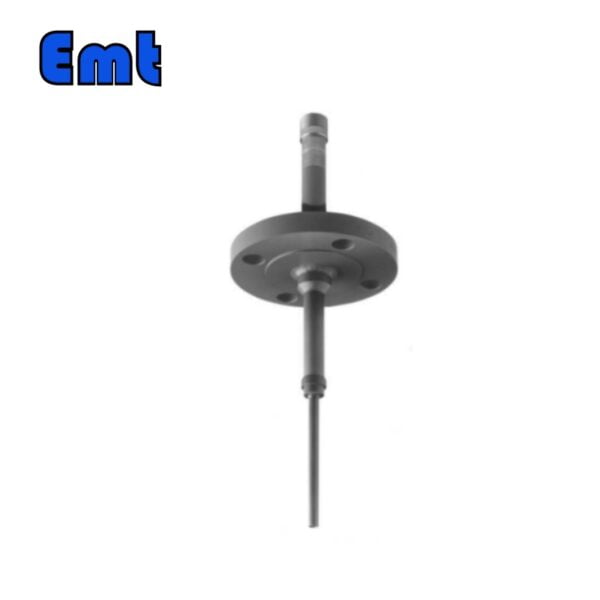
Отзывы
Пока нет отзывов.